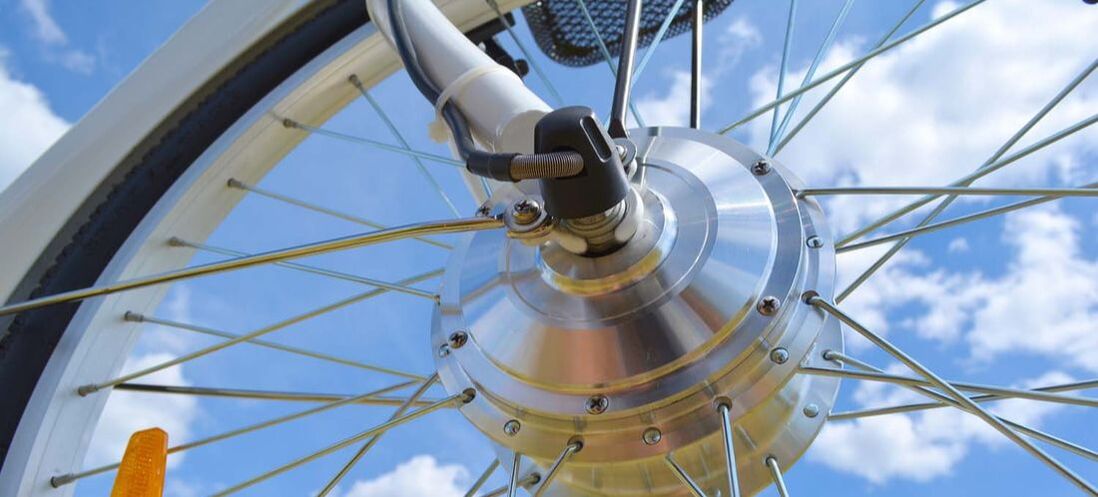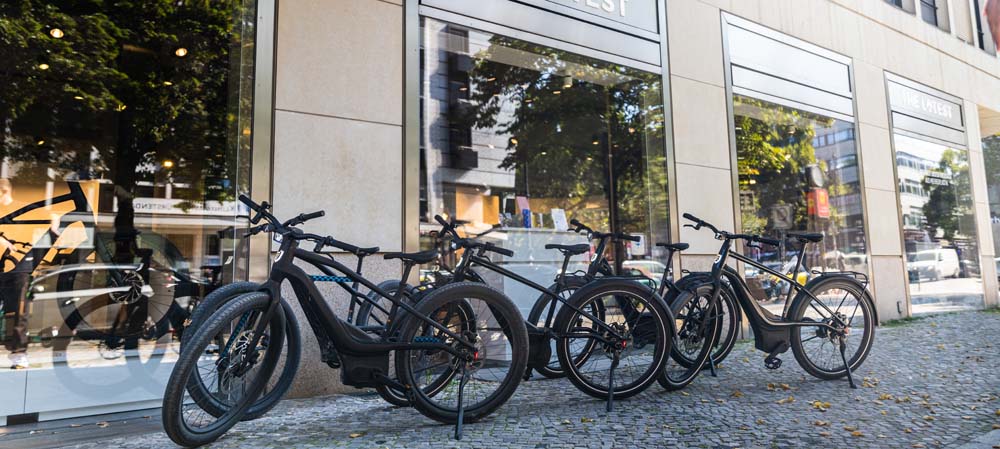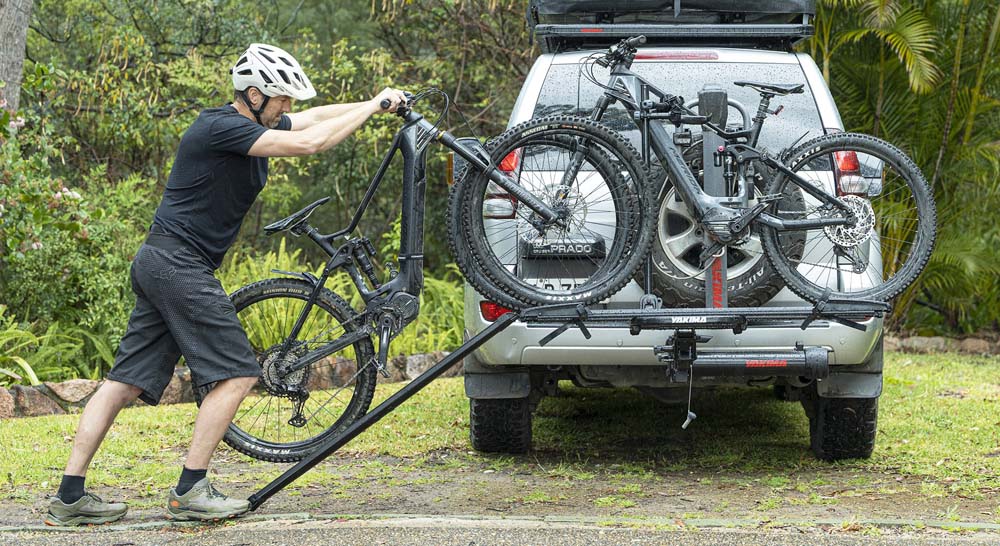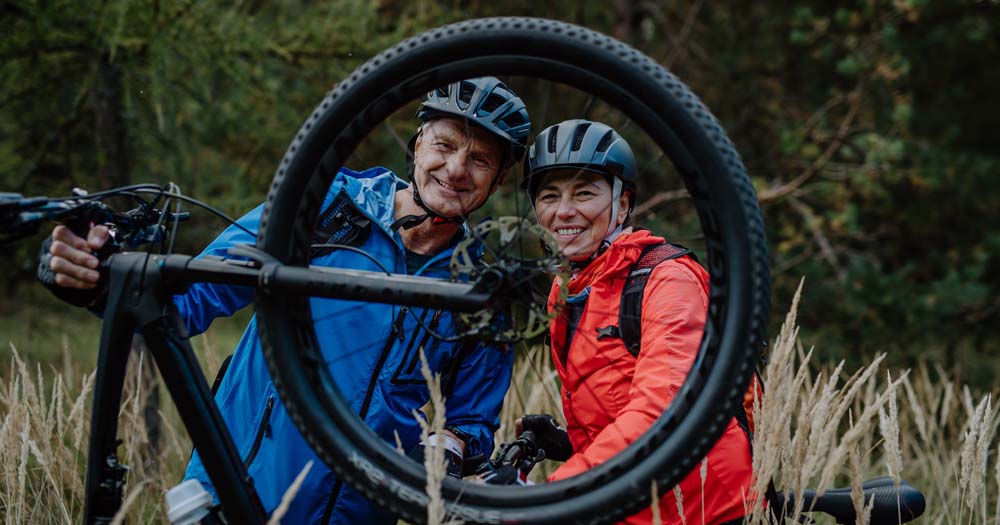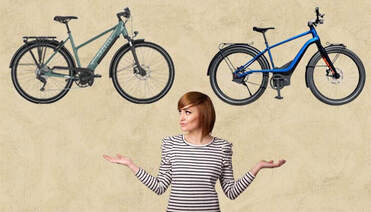 If you're in the market for a new electric bike, or ebike as it is known, and have done a little research or talked to friends and family, it is easy to be overwhelmed with the options. There are so many styles and each one might be a good choice for someone for different reasons. Prices range from $500 for a kit to over $15,000 or more for a premium ebike. Since it is such a big purchase and there are so many options, you’ll want to do your due diligence. What do you need to think about to select the perfect ebike for you? Why Choose an Ebike If you are interested in ebikes you are not alone. Ebikes are more popular than ever today, with two wheel electric vehicles outselling electric cars 2:1. They are huge in Europe, but even in the US, which traditionally has a solid gasoline powered auto centric culture, their popularity has exploded with over 500,000 units sold in 2021 and expected to gain 13% by the end of 2022. Ebike popularity is attributed to several factors:
Benefits of an Ebike An ebike is a regular bike with the addition of a motor, battery and display to aid in propulsion. They offer the rider varying levels of assistance to make it possible to ride farther and faster without getting exhausted or sweaty. Proponents claim they can cover more distance and ride up hills easier. Because it is so much fun to ride and requires less exertion, people tend to take more and longer trips which adds up to the same or greater workout than using a non-assisted bike. Of course, an ebike is a more active form of transportation compared to sitting in an auto or on a train which makes it a better choice for people who want a little physical activity to help maintain or enhance, their fitness level. Technical Considerations for Ebikes Even though an ebike is basically a regular bike, it has additional components, the motor, battery, and display that provide assistance. These components have options that will be important to you depending on the type of riding you plan to do. The Motor There two primary places to find the motor on a bike that is designed as an ebike, as opposed to an ebike that was created using a kit to retrofit an existing bike. The first is in the middle of the bike in the area you find the pedals and cranks and this is known as a mid-drive. The other place you will find a motor is in the center or hub of the rear wheel and is known as a hub-drive, although less frequently, it is possible for an ebike to have the motor in the front wheel and even two motors in both the front and rear wheels. There are advantages and disadvantages for each motor placement. Mid-drive motors provide assistance to the bike pedals and provide a natural feel, almost like riding a non-assisted bike, just with a boost. The disadvantage of a mid-drive is the cost. It is a more complex piece of equipment and thus more expensive to manufacture, plus the bicycle frame must be custom designed to accommodate it. Hub drive motors are less expensive but the experience they provide on the bike is not as natural as pedaling a non-assisted bike. There is often a delay in the request for assistance from the sensor in the crank area when starting and stopping pedaling resulting in a jerking sensation. If you know this will happen, you can prepare for it, but it takes some getting used to. The Battery The legal definition of an ebike defined by model legislation proposed by People for Bikes, a national advocacy group, and adopted by the majority of states in the US limits battery power to 750 watts. Any ebike with a battery above 750 watts is not legally considered an ebike among those states that have adopted the model ebike definition, although it might still be legal on streets with the appropriate insurance and licensing required by the state. The more watts in a battery the more power will be available to propel the bike and the longer the battery will last before it needs to be recharged. If you anticipate you will be a casual ebike rider doing short trips near your home, say under 30 miles at a time, you can get by with a less powerful battery around 350 watts. If you will be taking longer trips, say 50 miles between battery charges, and you want a greater range, look for an ebike with a 500 or 750 watt capacity. It is not the end of the world if you misjudge the distance, or if you occasionally want to take a longer trip because even if you run out of battery, you can still pedal the ebike like a regular bike without the boost, but it is a heavy bike with the addition of the motor, battery and display and will require significant effort to sustain. Most batteries require 4-8 hours to go from empty to fully charged so this is something not possible to do on a ride and requires charging overnight. The fear of running out of battery before getting home and having to pedal without any assistance is know in the industry as “range anxiety.” While battery range is a factor of several factors such as battery capacity, terrain, rider weight, wind, and temperature, the factor you have the most control over is assist level you select. Most ebikes have four or more assist levels to choose from on a ride. Using more assistance requires more battery power and the throttle uses the most battery of all. If you are undertaking a longer trip than what is typical for you, or you are just getting used to your new ebike, be sure to use only the lowest assist level as much as possible until you understand what range you can expect. As your battery gets older, it’s range will gradually decrease, and it also has less range in cold weather. Of course when you get near your home with plenty of battery charge left you need not be concerned about running out so turn on the turbo assist and fly the last few miles home. Maximum Assist United States model legislation allows for two pedal assist speeds, Class 1 up to 20 mph or Class 3 to a maximum of 28 mph. Some ebikes identified as Class 1 might not reach an assisted speed of 20 mph due to a smaller motor and battery. If you want to go faster than the maximum assist level on an ebike, you can always do that by just pedaling, but manual pedaling without an assist past the assist cut off might be difficult on some ebikes. If you think you will always want to go less than 20 mph you will be able to save money by selecting a Class 1 ebike. However, if you plan to travel longer distances on flat, paved trails, you may want the option to go faster than 20 mph, even if it is only by one or two miles per hour, in which case you should opt for a Class 3 ebike that won't automatically cut out and make pedaling hard after reaching 20 mph. The Throttle A throttle is a feature on ebikes classified as Class 2 per the model legislation where the bike travels without any pedaling. Riders sometimes use this feature when accelerating from a stop to move quickly through an intersection or if they become tired on a ride and want to let the bike take them home without having to pedal. While it is a nice feature to use occasionally, ebikes are designed to be pedaled so frequent use of the throttle will drain the battery quickly. If a throttle is something you want to have, you should focus your search for ebikes with hub motors. It is not impossible, but it is rare, to find a throttle on an ebike with a mid-drive motor. Display or App Every ebike needs some way to turn it on, select assist levels, and track battery level. Some ebikes have only a display on the handlebar that does the basics, other displays have extra features, and some ebikes are only controlled by a smart phone application (app) that you pair with the ebike. There might be combinations of these, with a small display plus an app. Apps offer more features than possible with a display alone, so if you are interested in travel speed, trip distance, odometer, clock, heart rate monitor, battery range, GPS tracking in case of theft, route maps, automatic software updates, programable assist levels, weather forecasts, etc. look for an ebike model that supports an app. Styles of Ebikes Once you’ve narrowed down your preferences for ebike specific features, you should identify the style of ebike that will work for you. There are just as many styles of ebikes as there are non-assisted bikes. These include road, mountain, gravel, fitness hybrid, comfort hybrid, cruiser, commuter, urban, single speed, cargo, track, fat tire, folding, tandem, recumbent, and tricycle. Here are some things you should consider: 1. Type of riding – While a new bike might open up a new range of activities that you may not be aware of the possibilities yet, it is helpful to spend some time thinking about how you initially intend to use your new ebike. There are three primary uses: Leisure, commuting, and off road and each of these impacts the riding position and style: Leisure – if you are planning to make short trips around town a cruiser style with an upright riding position and a comfortable padded saddle might be a good choice. Commuting – if you’re going to ride to your workplace several times per week, you’ll want a bike with a more aggressive riding position for speed and distance. Off road – If you want to ride on rough pavement or dirt typically in the woods away from auto traffic or on mountain biking trails, you’ll want a bike that is sturdy with an forward leaning riding position for good handling. See the Earth Rider blog, Guide to Buying a Bike, for a more detailed discussion of what type of cycling would lend itself to each style. 2. Terrain – the surface you plan to ride on will impact the type of tire, frame geometry, and components. If you will be a city or suburban rider frequenting paved streets and trails, go for a bike with a smooth tire. For off road riding you will want something more knobby for gripping loose gravel or dirt and a front and/or rear shock absorber. Some bikes use extra thick rubber and tires three or four inches wide (known as fat tires) as a substitute for a front shock absorber to deliver a cushy ride. 3. Weight of the bike – If you are going to need to maneuver the bike without using the motor, i.e., rolling it into a basement or garage, carrying it up stairs to a second floor apartment, or lifting it to transport it in the back of a car or pick up to mount on a hitch bike rack, weight will be a factor and you should select a bike with a weight you can manage. There are trade offs such as a smaller battery and motor that will make the ebike lighter, but will reduce the distance you can ride before needing a charge; no shock front shock absorber or thinner tires which will make the ride lighter but more harsh; or advanced materials used for the frame such as carbon fiber which will make the frame lighter but more expensive and suspectable to damage. There is a feature available in some ebikes that helps you manage the weight when rolling the bike around called walk mode. With a press of a button you will get a small amount of assistance to walk the bike into a basement or garage. There are car racks with ramps you can roll the ebike up to its position on the back of a car so you don't have to lift it and those with a hydraulic lift built in. 4. Accessories – There are bike accessories that come as standard equipment on some models making them fully loaded or these can be purchased separately and installed later. These include: Fenders – No one likes to ride in the rain, but sometimes we have no choice if we are out riding and the weather should suddenly change. Fenders will help keep rain and road spray off the rider and make it easier to clean up afterwards. Lights – Bike lights are essential on the front and rear of all bikes to see and to be seen by other road users. Day time running lights are a popular feature on autos today as a result of research that shows even in the daytime, having lights makes a road user more visible. So even if you do not plan to ride at night, having front and rear lights operating during the day, in overcast conditions, or in case you are out riding, having fun, and start to lose daylight is essential for safety and visibility. Racks- If you plan to carry any gear on your rides, such as groceries, library books, yoga mat, a six pack of beer, multiple sturdy locks, or commuting supplies such as laptop, lunch, or change of clothes, you will need a rack to carry your bike bags that you fill with the gear. You might use a backpack or messenger bag on your person, but why not let the bike carry the weight? With assistance from the motor, you won’t even feel the extra weight. Other accessories every ebike rider needs are multiple, heavy duty locks, phone holder, and trunk or pannier bike bags to carry gear on the rear rack. Tips for Choosing an Ebike
With so many options and features to consider and some items conflicting with others (i.e., you can’t usually find a throttle with a mid-drive motor) how do you wade through all the options and make a selection? Here are some tips:
Comments are closed.
|
Earth Rider Blog about CycingAuthorSharon Kaminecki and others comment on adventures in bicycling and other stories Categories
All
Archives
August 2023
|

